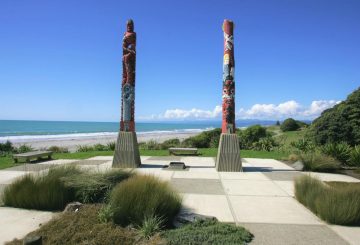연구에 따르면 응급실 (ED) 에 도착했을 때 10년 전에 비해 더 많은 환자가 더 많이 아팠습니다.한 공중보건 전문가는 뉴질랜드 국민 3분의 1이 건강 요구 사항이 충족되지 않은 상태라는 연구 결과에 따라 정부에 질병 예방 노력을 강화할 것을 촉구하고 있습니다.
봉급 의료 전문가 협회가 실시한 이 연구에 따르면 일반의 (GP) 서비스 및 전문의에 대한 수요가 크게 충족되지 않은 것으로 나타났습니다 (각각 34.3% 및 5.1%).이 연구에서는 근무 시간 외 진료 부족, 비용 관련 처방 미비 및 기타 요인을 고려하지 않았기 때문에 실제 수치는 더 높을 수 있습니다.
아오테아로아 보건연합 (Health Coalition Aotearoa) 공동 의장도 맡고 있는 오클랜드 대학교의 보이드 스윈번 (Boyd Swinburn) 교수는 질병의 근본 원인을 해결하기 위한 예방 노력을 강화해야 한다는 이 연구의 권고를 지지한다.그는 정부가 금연 환경 법안을 폐지하고 학교 급식 삭감을 고려하고 있다고 비판했는데, 이는 질병 예방에서 한 걸음 물러선 조치라고 생각합니다.
스윈번은 병원에 부담을 주고 질병 부담을 가중시키는 알코올, 흡연, 건강에 해로운 음식으로 인한 주요 건강 문제를 정부가 해결해야 할 필요성을 강조했습니다.
또한 이번 연구에 따르면 2022/23년에는 약 130만 명이 공립 병원 응급실을 방문했는데, 이는 2013/14년도에 비해 22.5% 증가한 수치입니다.또한 환자의 중증 질환이 더 심했는데, 3분의 2가 즉각적이거나 잠재적으로 생명을 위협할 수 있는 질환을 앓고 있는 것으로 나타났는데, 이는 이전 기간의 절반에 비해 크게 증가한 수치입니다.
스윈번은 이러한 증상이 질병을 효과적으로 예방하지 못하는 의료 시스템의 징후라고 믿고 있습니다.그는 알코올 규제 및 설탕이 든 음료에 대한 세금과 같은 특정 정책이 병원과 의료 시스템의 부담을 빠르게 줄일 수 있다고 제안했습니다.그는 해결책이 이미 알려져 있지만 아직 구현되지 않았으므로 더 이상 검토하거나 문의할 필요가 없다고 덧붙였습니다.





























































